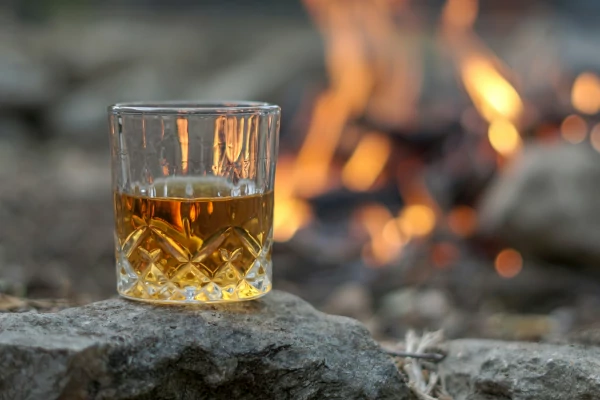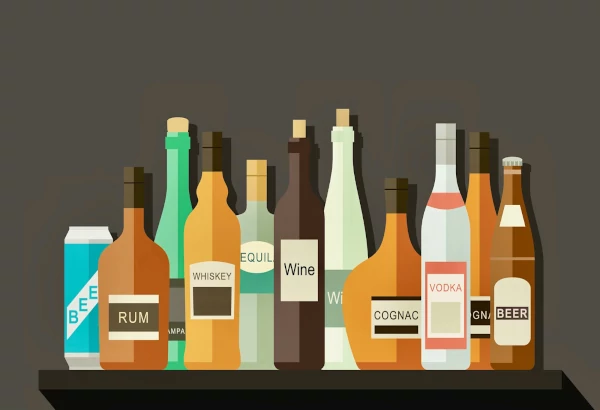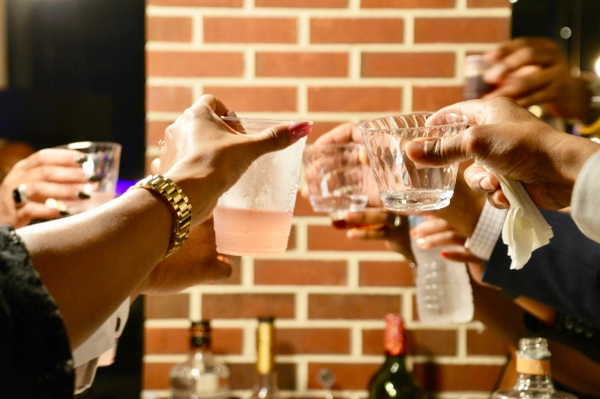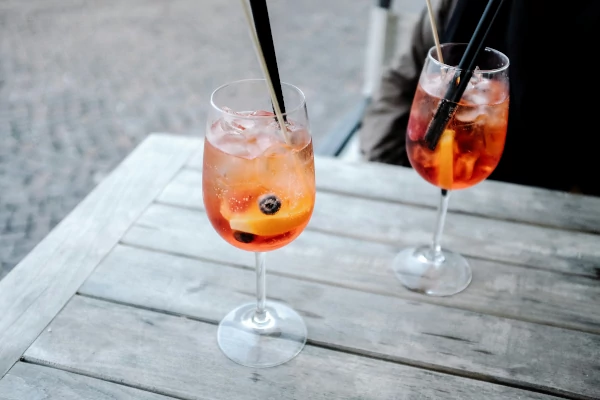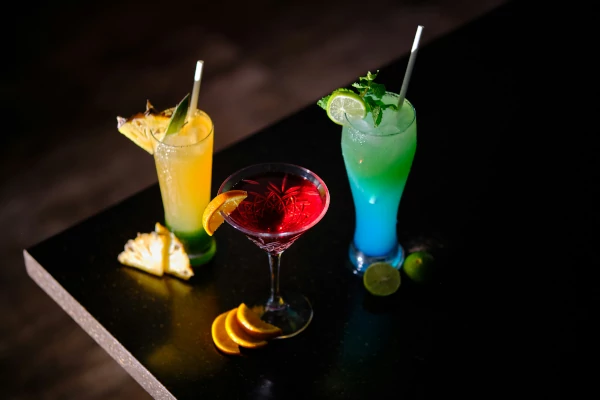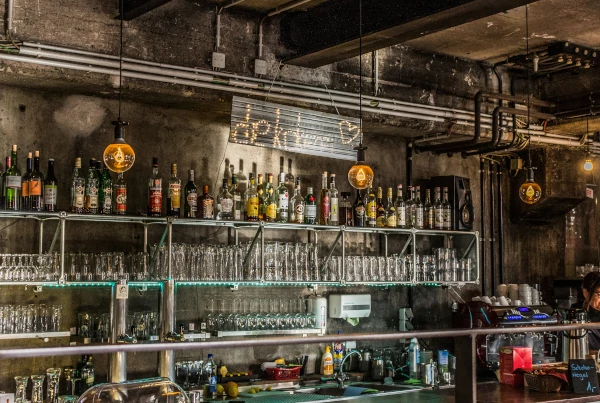Crafting Flavor: The Artisanal Cooperage and its Influence on Aged Spirits
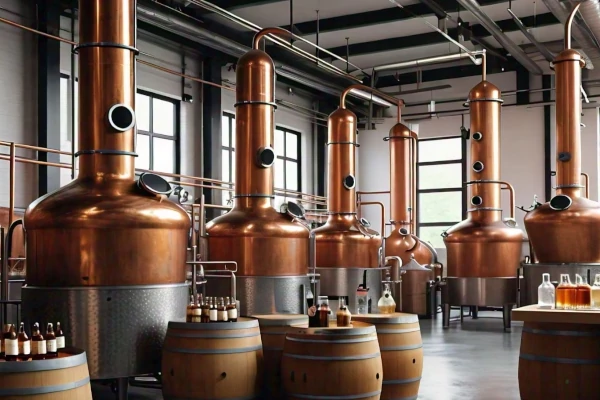
Explore the art of artisanal cooperage and its profound influence on the rich flavor profiles of aged spirits, from caramelized oak nuances to complex, matured depths.
In the world of fine spirits, where age and depth of flavor are highly prized, the role of artisanal cooperage cannot be overstated. Cooperage, the traditional craft of barrel-making, goes beyond mere construction; it is a meticulous art form that significantly shapes the taste, aroma, and character of aged liquors such as whisky, bourbon, and rum. Let's dive into the craftsmanship of cooperage and explore how it influences the flavor profiles cherished by enthusiasts worldwide.
It is advisable to have alcohol/liquor drinking license in Maharashtra. You can apply online for alcohol/liquor drinking liquor license here : Click Here to Apply Now
The Craft of Cooperage
At its core, cooperage involves the skilled construction of barrels from carefully selected wood. While modern methods have streamlined production, artisanal cooperage adheres to time-honored techniques that ensure each barrel is not just a vessel but a crucial ingredient in the aging process.
Materials Matter:
The choice of wood is fundamental. Oak is the most prevalent due to its unique properties: it is porous enough to allow interaction with the spirit, yet dense enough to impart desirable flavors over time. Different types of oak, such as American white oak and European oak, bring distinct characteristics to the final product. American oak tends to impart sweeter, vanilla, and caramel notes, while European oak can contribute spicier, nuttier flavors.
Handcrafted Precision:
Artisan coopers select and season their wood carefully, ensuring it's properly aged and dried to prevent leaks and maintain structural integrity. Each stave (wooden plank forming the barrel's sides) is meticulously shaped, bent, and fitted by hand. The process demands skill and experience to create a watertight seal without the need for adhesives.
Toasting and Charring:
Once assembled, the interior of the barrel undergoes toasting and charring. Toasting involves heating the inside of the barrel to caramelize natural wood sugars, adding complexity and sweetness to the spirit. Charring, a step often associated with bourbon production, chars the interior surface of the barrel to create a layer of activated carbon. This charcoal filtration process helps to filter impurities and can contribute smoky, spicy notes to the spirit.
Flavor Alchemy: How Cooperage Shapes Spirits
The interaction between the spirit and the barrel during aging is a dynamic process influenced by several factors:
Oxygenation and Maturation:
Barrels breathe. Over time, the spirit expands into the wood during warm weather and contracts during cooler periods, drawing in air and slowly oxidizing. This exchange mellows harsh flavors and integrates the spirit with the barrel's wood sugars and compounds, creating a harmonious balance.
Extracting Flavor Compounds:
The wood imparts a range of flavors depending on the type of oak, the level of toasting and charring, and the spirit's duration in the barrel. Tannins from the wood add structure, while lignins contribute to a spirit's texture and mouthfeel. Esters and lactones derived from the wood can enhance fruity and coconut-like aromas, respectively.
Aging Conditions:
Temperature, humidity, and even the barrel's location within the aging warehouse can influence flavor development. Barrels stored higher up in warmer sections of a warehouse tend to age faster due to increased interaction between the spirit and wood, while those in cooler, lower sections mature more slowly.
Conclusion
In the world of spirits, the craftsmanship of cooperage is both an art and a science. Artisanal coopers not only build barrels but craft the very essence of aged spirits. Their meticulous attention to detail, from wood selection to final charring, shapes the intricate flavor profiles that enthusiasts savor and distillers strive for. Understanding the impact of cooperage allows us to appreciate the journey of spirits from barrel to bottle, where every sip tells a story of time-honored tradition and flavor alchemy.
As you savor your next glass of aged whisky or bourbon, remember the cooper's touch and how their craftsmanship continues to elevate the spirit within.
How to get drinking liquor license : Click Here to Apply Now
